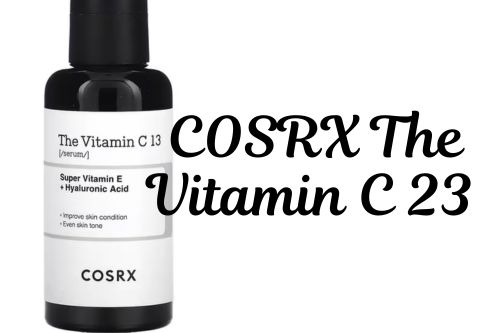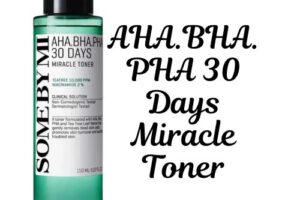Are Home LED Masks Effective for Acne and Anti-Aging
Home LED masks have become a trending addition to skincare routines, thanks to their bold promises of smoother, brighter, and clearer skin. These devices are designed to bring professional-grade light therapy treatments—once exclusive to dermatologist offices—into the comfort of your home. They claim to address various skin concerns, such as reducing acne, minimizing fine lines, and boosting collagen production.
However, as these gadgets continue to rise in popularity, they also raise an important question: Are they genuinely effective and safe for everyday users without professional supervision? Let’s delve deeper into what these masks do and whether they live up to the hype.
How LED Therapy Works
LED light therapy may sound futuristic, but its mechanism is rooted in simple science. The masks use specific wavelengths of light to penetrate your skin at varying depths. Once absorbed, these lights stimulate biological processes that can promote healing, reduce acne, or even improve skin elasticity.
Light Types and Their Benefits
- Red Light (633 nm):
Known as the anti-aging superstar, red light penetrates deeper into the skin to boost collagen production. This helps to reduce fine lines, firm up sagging areas, and speed up healing after injuries or irritation. - Blue Light (410–420 nm):
Perfect for acne-prone skin, blue light targets and eliminates acne-causing bacteria. It also soothes inflamed skin and is increasingly used for conditions like psoriasis. - Near-Infrared Light (830 nm):
This light works at the deepest levels, reaching tissues to enhance circulation and aid in tissue repair. It’s often paired with red light for maximum anti-aging benefits.
Are Home LED Masks Effective?
Home LED masks have their place in skincare, but it’s important to set realistic expectations.
Home devices typically have a lower energy output compared to the equipment used in dermatology clinics. This means results are often subtler and take longer to appear. While professional treatments deliver faster and more noticeable outcomes, home masks are designed for convenience and maintenance, allowing users to integrate them into their daily routines without scheduling appointments.
In clinics, medical-grade LED devices are customized to address specific skin concerns. Whether it’s deep wrinkles, severe acne, or other persistent issues, these treatments are more intensive and targeted, often delivering visible improvements after just a few sessions.
So, while home LED masks can be effective for maintaining skin health and addressing mild concerns, they’re not a substitute for professional care if you’re looking for significant, rapid changes.
Safety Concerns
While home LED masks are generally considered safe for most people, there are important precautions to keep in mind:
General Safety
LED masks are not suitable for everyone. If you have photosensitivity, are taking photosensitizing medications, or have specific skin conditions (e.g., lupus or rosacea), using LED devices may worsen symptoms. Always consult a healthcare professional before starting treatment if you’re unsure.
Eye Protection
Direct exposure to certain light wavelengths, particularly blue light, can harm your eyes. Reputable LED masks should include built-in eye shields or recommend using protective goggles to minimize risk. Never look directly into the lights during use.
Device Quality
Not all LED masks are created equal. Low-quality or uncertified devices can lead to inconsistent light output, potentially causing irritation or rendering the treatment ineffective. Look for devices with certifications from trusted organizations like the TGA (Therapeutic Goods Administration) or FDA clearance to ensure both safety and efficacy.
Benefits in Skincare Routines

Home LED masks can complement your skincare regimen in several ways:
Boosting Product Absorption
Using an LED mask after applying serums or active ingredients can enhance their penetration. Red and near-infrared lights improve blood circulation and cellular activity, making your skin more receptive to nutrients.
Maintaining Professional Results
If you’ve received in-clinic treatments, a home LED mask helps prolong the effects, keeping your skin in optimal condition between visits. This is particularly useful for concerns like anti-aging or post-treatment recovery.
Acne Management with Blue Light
For those battling acne, blue light therapy can help by reducing bacteria and inflammation. When paired with a consistent skincare routine—like salicylic acid cleansers or non-comedogenic moisturizers—it can improve breakouts over time.
LED masks act as a supportive tool in your routine, enhancing your skin’s health when used appropriately.
LED vs. UV Light
One of the key advantages of LED therapy is its safety profile. Unlike UV light, which is known for causing skin damage, premature aging, and increasing the risk of skin cancer, LED light is non-invasive and UV-free. It works without harming the skin’s DNA, making it a much safer option for long-term use.
Home vs. In-Clinic Devices
Convenience vs. Power
Home LED masks are undeniably convenient, offering the luxury of treating your skin whenever and wherever you like. However, they’re designed with lower energy outputs for safety, meaning results can take longer to appear.
Tailored Professional Care
In-clinic LED therapy, on the other hand, utilizes medical-grade devices that are significantly more powerful and customizable. Professionals can adjust the wavelength, intensity, and treatment duration based on your specific skin concerns, delivering faster and more dramatic results.
Which Should You Choose?
If you’re looking for subtle, consistent improvements, home devices are a great addition to your skincare routine. But for tackling severe concerns like stubborn acne, deep wrinkles, or pigmentation, in-clinic treatments might be worth the investment.














Post Comment